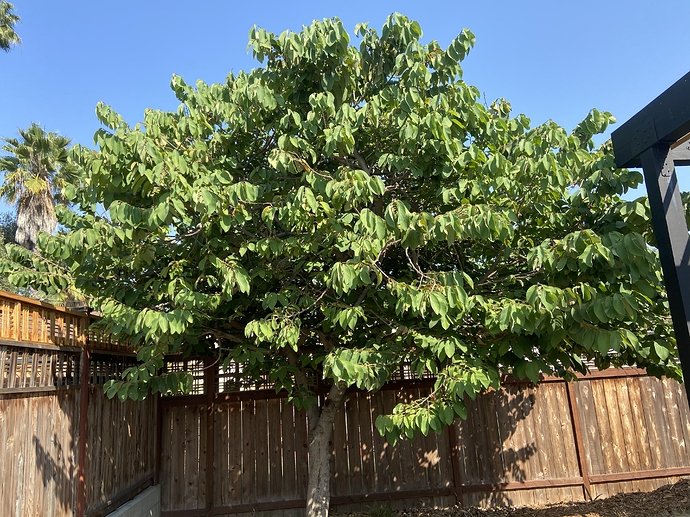CHERIMOYA
THE CUSTARD APPLE
The Allure of Cherimoyas
Imagine the first bite into a cherimoya, its creamy texture and sweet flavor evoking thoughts of tropical paradise. Native to the Andean valleys of Ecuador, Colombia, Peru, and Bolivia, cherimoyas are treasured for their custard-like consistency and exotic taste.
Where Do Cherimoyas Grow?
Cherimoyas thrive in subtropical and mild temperate regions. Major producers include Peru, Spain, Chile, and California. From the terraced slopes of the Andes to Mediterranean orchards, cherimoyas are a prized fruit.
A World of Varieties
Cherimoyas come in several varieties, each with distinct characteristics:
Fino de Jete: Known for its smooth, creamy texture and sweet flavor.
White: Characterized by its large size and excellent taste.
Booth: Smaller, with a slightly more tart flavor.
Chaffey: Medium-sized, known for its rich, sweet taste.
Identifying a Ripe Cherimoya
Selecting a ripe cherimoya involves a few simple checks:
Color: The skin should turn from green to slightly brownish-green.
Touch: Ripe cherimoyas will yield slightly to gentle pressure.
Smell: A fragrant, sweet aroma indicates ripeness.
Harvesting and Enjoying Cherimoyas
Cherimoyas are usually harvested by hand when they are mature but still firm. Once ripened, their flesh becomes soft and custard-like. They can be enjoyed fresh, scooped out with a spoon, or added to desserts and smoothies.
Sensory Experience
Eating cherimoyas is a true delight. Their flesh is creamy and smooth, with a flavor that combines the sweetness of banana, pineapple, and papaya. The aroma is intoxicatingly fruity, making cherimoyas a refreshing and exotic treat.
Growing Your Own Cherimoya Tree
Interested in growing cherimoyas at home? Here’s how to get started:
Climate: Cherimoyas thrive in subtropical to mild temperate climates.
Soil: Well-drained, fertile soil with a slightly acidic to neutral pH.
Water: Requires regular watering, but avoid waterlogging.
Sunlight: Full sun to partial shade.
Cherimoyas in Spirituality
In various cultures, cherimoya trees symbolize prosperity and abundance. They are often associated with fertility and new beginnings, celebrated for their life-giving properties.
Nutritional Profile
Cherimoyas are a nutritional powerhouse:
Vitamins: High in vitamins C and B6.
Minerals: Rich in potassium, magnesium, and manganese.
Fiber: Contains dietary fiber that aids digestion.
Antioxidants: Packed with antioxidants that support overall health.
Culinary Uses
Cherimoyas are versatile in the kitchen:
Fresh: Enjoyed as a snack or in fruit salads.
Desserts: Used in ice creams, sorbets, and custards.
Smoothies: Blends well with other fruits for a creamy drink.
Savory Dishes: Can be used in salsas and salads.
Health Benefits
Cherimoyas offer numerous health benefits:
Digestive Health: High fiber content aids digestion.
Immune Support: Rich in vitamin C, boosting the immune system.
Heart Health: Potassium helps regulate blood pressure and supports heart health.
Mood Enhancement: Vitamin B6 supports brain health and mood regulation.
Historical and Cultural Significance
Cherimoyas have a rich history, particularly in the Andean regions where they have been cultivated for centuries. They were introduced to other parts of the world by Spanish explorers and have since become a beloved fruit in many cultures. Cherimoyas are celebrated for their delicious flavor and versatility in various culinary traditions.
Sustainability and Cultivation
Cherimoyas can be grown sustainably with proper care. They require moderate water and can thrive in a variety of soil types, making them a relatively low-impact crop. Organic farming practices enhance their sustainability and environmental benefits.
Patience Pays Off
Growing cherimoyas requires some patience. Trees typically take 3-5 years to start bearing fruit, with peak production occurring after about 5-8 years. With proper care, a cherimoya tree can produce fruit for several years, offering a bountiful harvest season after season.






